Birds are known for their incredible ability to soar through the skies, and their agility and speed are a testament to the power of evolution. From the small, nimble hummingbirds to the massive, powerful eagles, birds come in many sizes, and each one is unique in its own way.
The question of which bird is the fastest in the world has always fascinated mankind. Just like the question of which is the fastest mammal on land, who dominates in the water, etc.
You are reading: The Top 10 Fastest Birds In The World
In this article, we will take a closer look at the top 10 fastest birds in the world. We will explore the incredible speed, aerodynamics, and hunting abilities of these feathered fliers.
So hold on tight as we dive into the world of the fastest birds and discover what makes them so special.
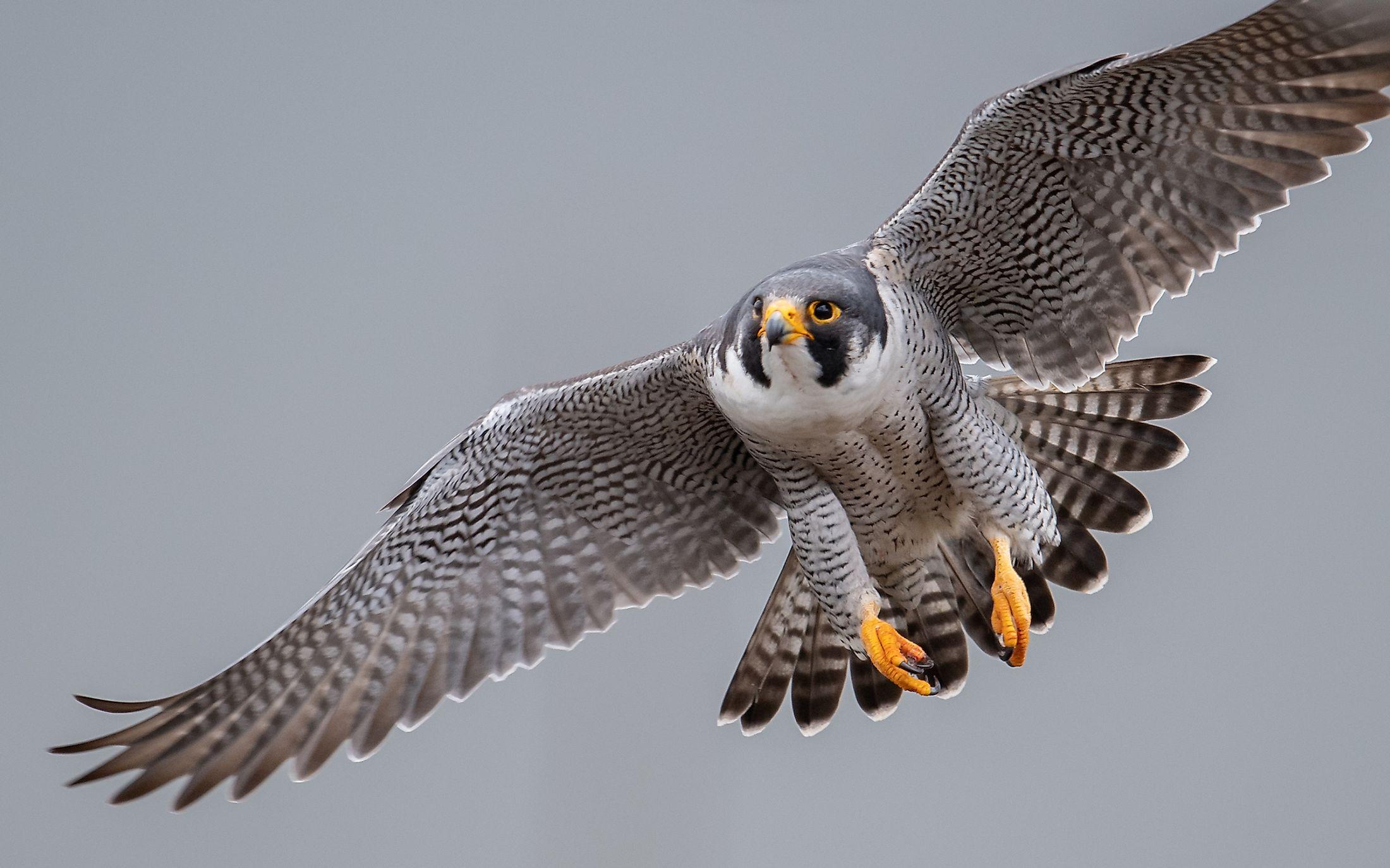
The Top 10 Fastest Birds In The World
Peregrine Falcon
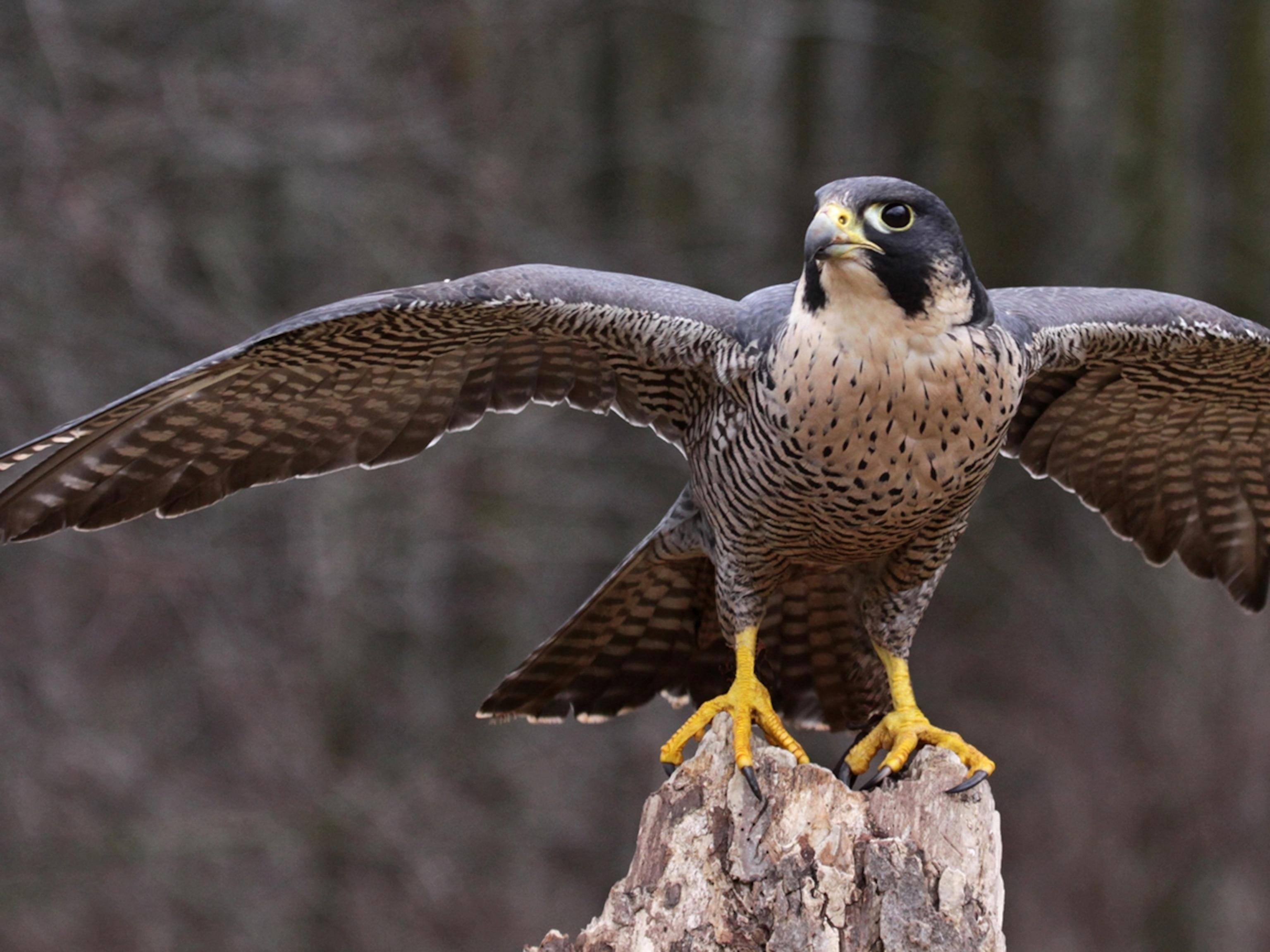
The peregrine falcon (Falco peregrinus) is a medium-sized bird of prey that is renowned for its incredible speed and agility. It is considered the fastest bird in the world, capable of reaching speeds of over 320 km/h (200 mph) during its characteristic hunting stoop (high-speed dive).
According to a National Geographic TV program, the highest measured speed of a peregrine falcon is 389 km/h (242 mph). The peregrine falcon is sexually dimorphic, with females being considerably larger than males. They have a flicker fusion frequency of 129 Hz (cycles per second), very fast for a bird of its size, and much faster than mammals.
A study testing the flight physics of an “ideal falcon” found a theoretical speed limit at 400 km/h (250 mph) for low-altitude flight and 625 km/h (388 mph) for high-altitude flight. The peregrine falcon is a powerful hunter, using natural contours to surprise and catch its prey, which includes ducks and a wide variety of songbirds and shorebirds.
Golden Eagle
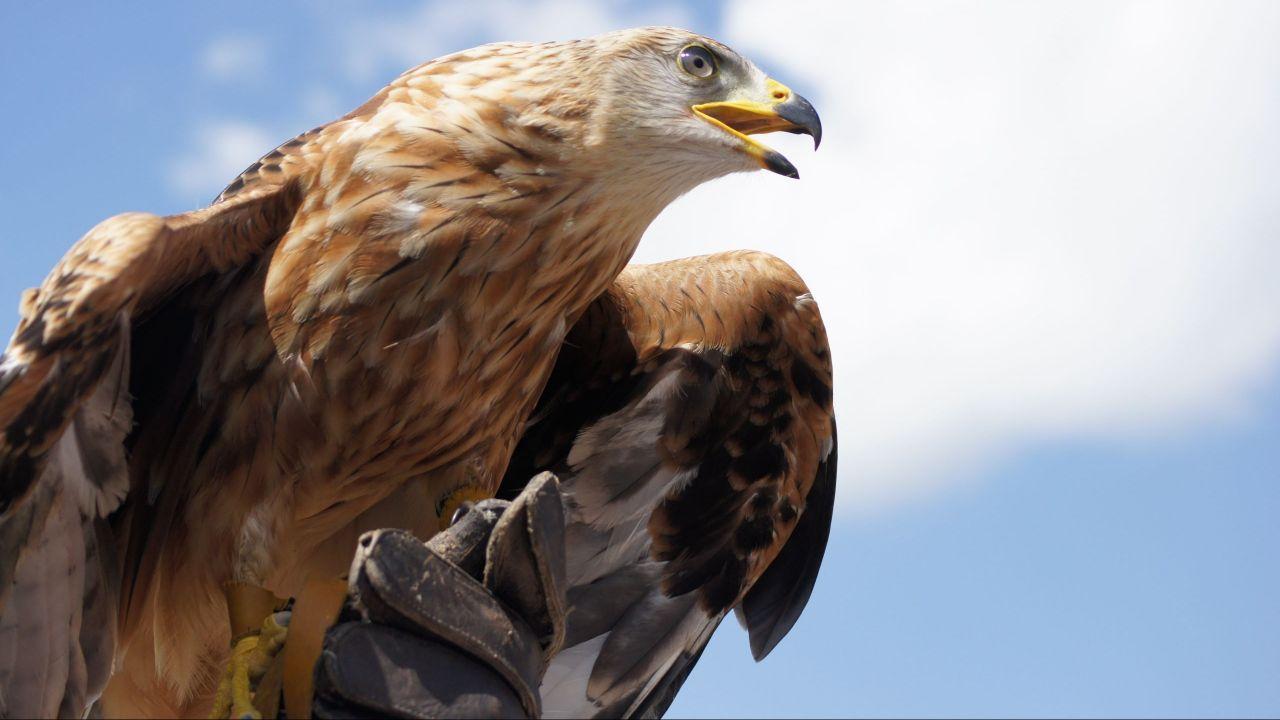
The golden eagle (Aquila chrysaetos) is a large bird of prey that is known for its impressive hunting abilities and speed. Here are some facts about the golden eagle’s speed based on the search results:
– The golden eagle can reach a typical, unhurried soaring speed of around 45–52 kilometers per hour (28–32 mph) .
– When hunting or displaying, the golden eagle can glide very fast, reaching speeds of up to 190 kilometers per hour (120 mph) .
– When diving after prey, a golden eagle can reach speeds of 240 to 320 kilometers per hour (150 to 200 mph) .
– Some researchers have even clocked golden eagles at speeds of up to 200 mph (322 km/h) when they dive.
Although less agile and maneuverable than the peregrine falcon, the golden eagle is apparently quite the equal and possibly even the superior of the peregrine falcon’s stooping and gliding speeds. This makes the golden eagle one of the two fastest living animals.
White-throated Needletail
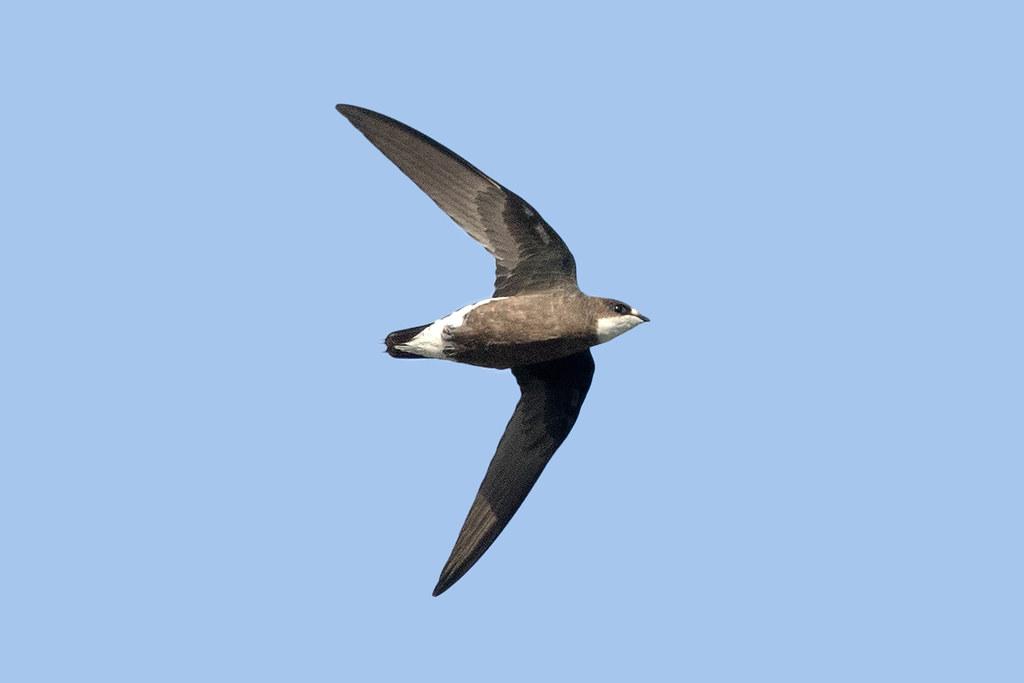
The white-throated needletail (Hirundapus caudacutus) is a large swift that is known for its impressive speed and agility. Here are some facts about the white-throated needletail’s speed based on the search results:
– The white-throated needletail is reputed to reach speeds of up to 170 km/h (105 mph) in horizontal flight.
– However, this speed is unverified because the methods used to measure its speed have not been published.
– The white-throated needletail is the fastest-flying bird in flapping flight, being capable of 170 km/h (105mph), faster than other swifts.
– The white-throated needletail is a migratory bird, breeding in Central Asia and southern Siberia, and wintering south in the Indian Subcontinent, Southeast Asia, and Australia.
– It is a rare vagrant in Western Europe and has been recorded as far west as Norway, Sweden, and Great Britain.
– In June 2013, an individual was spotted in Great Britain for the first time in 22 years. It later flew into a wind turbine and died; its body was sent to a museum.
– In June 2022, a bird was recovered on an expedition ship MV Ortelius near Fair Isle approx 70 miles off Duncansby Head, Caithness, Scotland, and successfully released
Overall, the white-throated needletail is an impressive bird that is capable of reaching incredible speeds in flight. However, more research is needed to verify its top speed and understand the methods it uses to achieve such impressive speeds.
Gyrfalcon

The gyrfalcon (Falco rusticolus) is the largest and fastest member of the falcon family, known for its impressive speed and hunting abilities.
– The gyrfalcon is capable of reaching speeds of up to 110 mph (177 km/h) when diving.
– The gyrfalcon is the world’s fastest bird in level flight, with an average speed of 50-68 mph (80-109 kph) .
– While several other birds can exceed their speed over short bursts, the gyrfalcon can maintain a consistent level of flight speed.
– The gyrfalcon is the largest true falcon in the world.
– It breeds on Arctic coasts and tundra, and the islands of northern North America and the Eurosiberian region.
– The gyrfalcon was formally described by Swedish naturalist Carl Linnaeus in 1758.
Overall, the gyrfalcon is an impressive bird that is capable of reaching incredible speeds in flight. Its ability to maintain a consistent level of flight speed makes it stand out among other birds, and its large size and hunting abilities make it a formidable predator.
Frigate Bird
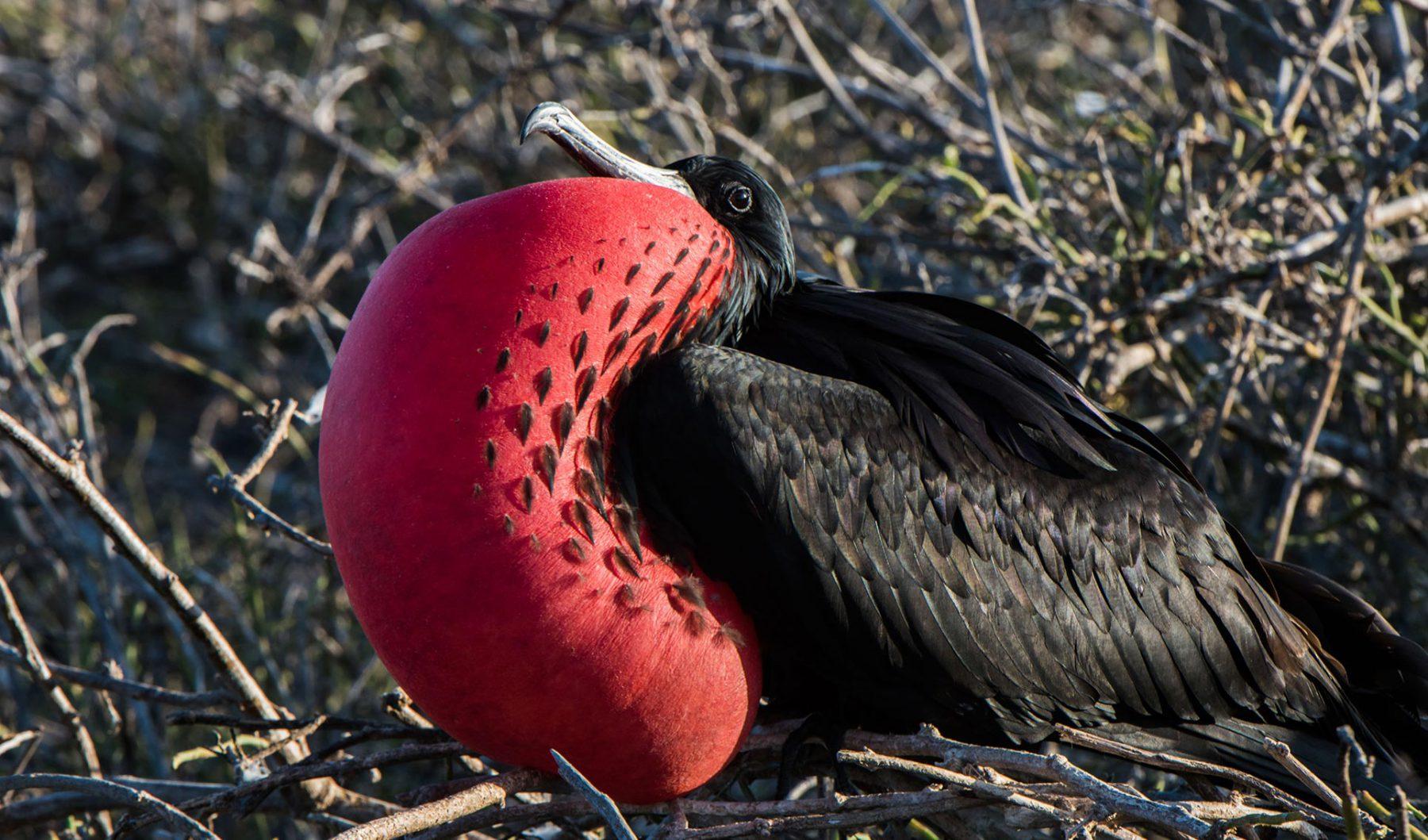
The frigate bird is a large sea bird that is found in tropical regions around the world.
– The frigate bird can achieve a maximum speed of 95 mph (153 km/h) during flight.
– Frigate birds are known to stay in the air for long periods of time, with some individuals staying aloft for up to a week.
– Frigate birds have the largest wingspan to body weight ratio of any bird, with a wingspan of 2.3 meters.
– Frigate birds are not well adapted for walking on land, especially in seashores.
– To catch prey such as flying fish, crabs, and crustaceans, frigate birds glide in the air and pluck their prey at the right moment.
– Frigate birds are aerial pirates, stealing food from other birds in midair.
Read more : Plants In A Bird Cage
Overall, the frigate bird is an impressive bird that is capable of reaching incredible speeds in flight. Its ability to stay in the air for long periods of time and its unique hunting abilities make it a fascinating bird to study.
Spur Winged Goose
The spur-winged goose (Plectropterus gambensis) is a large waterfowl found in wetlands across Africa.
Appearance:
– Large waterfowl with a wingspan between 1.5-2 meters
– Mostly black plumage with varying amounts of white on the head, belly, and wings
– Warty red bill, face, and legs
Habitat and Distribution:
– Found in wetlands throughout sub-Saharan Africa
– Occurs around various African rivers, lakes, and swamps
Diet:
– Feeds by grazing
– Spends the middle part of the day resting by water
Speed:
– Can travel up to 88 miles per hour or 142 kilometers per hour
– The spur-winged goose is the fastest goose in the world
The spur-winged goose is a fascinating bird that is known for its impressive speed and unique appearance. It is a common bird of African wetlands, but its habitat is threatened by development and destruction of wetland habitats and unregulated hunting.
Red-breasted Merganser
The red-breasted merganser (Mergus serrator) is a duck species that is native to much of the Northern Hemisphere.
Appearance:
– Adult males have a dark green shaggy head, a red bill and eye, and a rusty chest
– Adult females have a rusty head and neck with a gray body
– Measures 51–64 cm (20–25 in) long, has a wingspan of 66–74 cm (26–29 in), and weighs 800–1,350 g (28–48 oz)
Habitat and Distribution:
– Breeds in the boreal forest on freshwater and saltwater wetlands
– Winters along coastlines
Diet:
– Primarily eats small fish (4–6 inches long), but also crustaceans, insects, and tadpoles on occasion
– Forages in shallow waters with submerged vegetation and plentiful fish in the summer
– Forages in shallow marine waters in the winter
Speed:
– Among the fastest flying ducks, clocking speeds of up to 81 miles per hour (129 km/h)
– It has been claimed to be the fastest bird in level flight, reaching speeds of 129 km/h (80 mph), but this is disputed whether the White-throated Needletail is faster
The red-breasted merganser is a fascinating duck species that is known for its impressive speed and unique appearance. It is a common sight in many parts of the world, but its habitat is threatened by pollution, habitat loss, and unregulated hunting.
Canvasback
The canvasback (Aythya valisineria) is a diving duck that is native to North America.
Appearance:
– A large duck with a distinctive sloping forehead and a long, narrow bill
– Males have a reddish-brown head and neck, black breast and tail, and a white body
– Females have a grayish-brown head and neck, a brownish-gray body, and a white patch around the bill
– Measures about 48-56 cm (19-22 in) in length and weighs between 900-1400 g (32-49 oz)
Habitat and Distribution:
– Breeds in freshwater marshes and prairie potholes across North America
– Winters in coastal bays and estuaries
Diet:
– Feeds on the roots, stems, and leaves of aquatic plants, as well as small invertebrates and mollusks
– Dives to depths of up to 7 feet while foraging
Speed:
– One of the fastest flying ducks, reaching speeds of up to 55-70 miles per hour (88-112 km/h) in the air
– Among ducks, the canvasback is one of the most powerful fliers, capable of speeds of up to 120 km/h (75 mph)
The canvasback is a fascinating duck species that is known for its impressive speed and unique appearance. It is a common sight in many parts of North America, but its habitat is threatened by pollution, habitat loss, and unregulated hunting.
Common Swift
The common swift (Apus apus) is a small bird that is known for its impressive speed and agility. Here are some key facts about the common swift and its speed:
Appearance:
– Small, streamlined bird with long, narrow wings
– Dark brown plumage with a pale throat and underparts
– Measures about 16-17 cm (6.3-6.7 in) in length, has a wingspan of 38-40 cm (15-16 in), and weighs 30-40 g (1.1-1.4 oz)
Habitat and Distribution:
– Breeds across Europe and Asia, and winters in sub-Saharan Africa
– Spends most of its life in the air, only landing to nest and roost
Diet:
– Feeds on insects caught in flight, including flies, beetles, and ants
– May also feed on spiders and other small invertebrates
Speed:
– The common swift is one of the fastest birds in level flight, with a scientifically verifiable speed of 31 m/s (69 mph) achieved during mating flights
– It held the title of the fastest bird in level flight for seven years. However, in 2016, scientists discovered that the Brazilian free-tailed bat is the fastest flier, with a maximum recorded speed of 99 mph.
– The peregrine falcon is the fastest bird in the world, with a diving speed of over 200 mph
The common swift is a fascinating bird that is known for its impressive speed and unique lifestyle. It is a common sight in many parts of Europe and Asia, but its habitat is threatened by habitat loss and degradation, pollution, and unregulated hunting.
Grey-headed Albatross
The grey-headed albatross (Thalassarche chrysostoma) is a large seabird that is found in sub-Antarctic regions.
Appearance:
– Large seabird with a wingspan of up to 2.2 meters (7.2 feet)
– Dark gray plumage with a white head and neck
– Measures about 80-95 cm (31-37 in) in length and weighs between 2.8-4.4 kg (6.2-9.7 lb)
Habitat and Distribution:
– Breeds on sub-Antarctic islands and winters in the southern oceans
Diet:
– Feeds on fish, squid, and krill
– Forages by diving from the surface of the water
Speed:
– The grey-headed albatross is one of the fastest birds in level flight, with a maximum recorded speed of up to 127 km/h (79 mph)
– It is currently a Guinness Book of World Records record holder for the fastest bird in level flight
– With a wingspan of over 7 feet, the grey-headed albatross can fly at high speeds by floating along the wind to minimize flapping motion and conserve energy
The grey-headed albatross is a fascinating bird that is known for its impressive speed and unique appearance. It is a rare sight in many parts of the world, but its habitat is threatened by pollution, habitat loss, and unregulated hunting.
FAQS
1. What is the fastest bird in the world?
The peregrine falcon is considered the fastest bird in the world, with a top speed of 242 mph.
2. What is the second fastest bird in the world?
The golden eagle is considered the second fastest bird in the world, with a top speed of 240-320 km/h.
3. What is the fastest waterfowl?
The red-breasted merganser is considered one of the fastest flying ducks, with a top speed of up to 81 miles per hour (129 km/h) .
4. What is the fastest goose in the world?
The spur-winged goose is considered the fastest goose in the world, with a top speed of 88 mph.
5. What is the fastest albatross?
The grey-headed albatross is considered one of the fastest albatrosses, with a top speed of up to 79 mph.
6. What is the fastest bird in level flight?
The Brazilian free-tailed bat is currently considered the fastest flier in level flight, with a maximum recorded speed of 99 mph.
7. How do these birds achieve such high speeds?
These birds have evolved to have streamlined bodies, powerful wings, and efficient respiratory systems that allow them to achieve high speeds in flight.
8. Why do these birds need to fly so fast?
These birds use their speed to hunt prey, escape predators, and migrate long distances.
9. Are these birds endangered?
Some of these birds, such as the peregrine falcon and the grey-headed albatross, are considered endangered due to habitat loss, pollution, and unregulated hunting.
Source: https://petstutorial.com
Category: Birds










